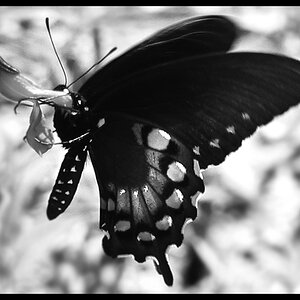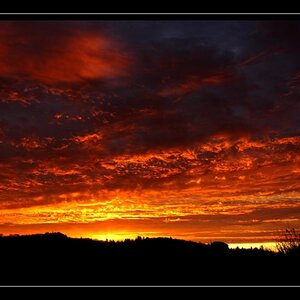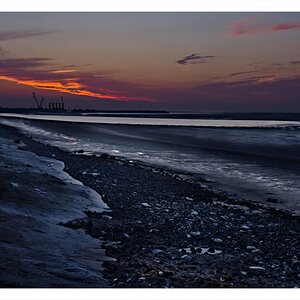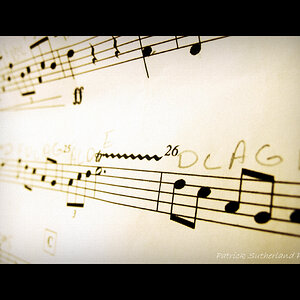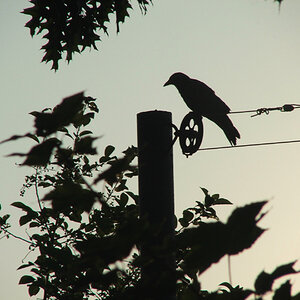PhotoWrangler
No longer a newbie, moving up!
- Joined
- Jun 20, 2010
- Messages
- 1,702
- Reaction score
- 366
- Location
- Houston MetroMess, Texas
- Website
- www.themodernmutt.com
- Can others edit my Photos
- Photos NOT OK to edit
Can we start this thread over and use the BIG CRAYONS please?
ETA: Ok... so if all the colors in known existence were boxed and sold in the school supplies isle at WalMart, sRGB would be box of 8 crayons, AdobeRGB would be the box of 24, and ProPhoto would be the box of 101 with the little sharpener in the back.
What are 'bits' and why is 16 better than 8 though?
ETA: Ok... so if all the colors in known existence were boxed and sold in the school supplies isle at WalMart, sRGB would be box of 8 crayons, AdobeRGB would be the box of 24, and ProPhoto would be the box of 101 with the little sharpener in the back.
What are 'bits' and why is 16 better than 8 though?
Last edited:


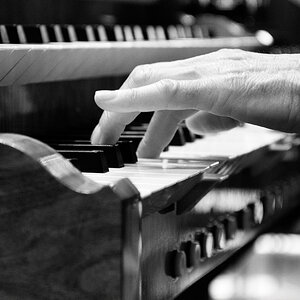
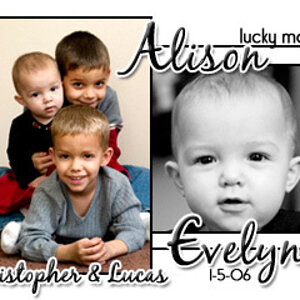
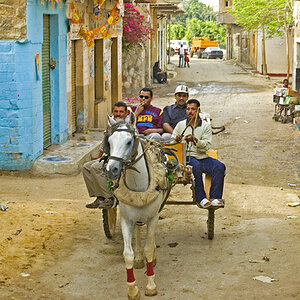
![[No title]](/data/xfmg/thumbnail/37/37604-7ad625e983f92f880eb65a264eeef5e4.jpg?1619738148)
